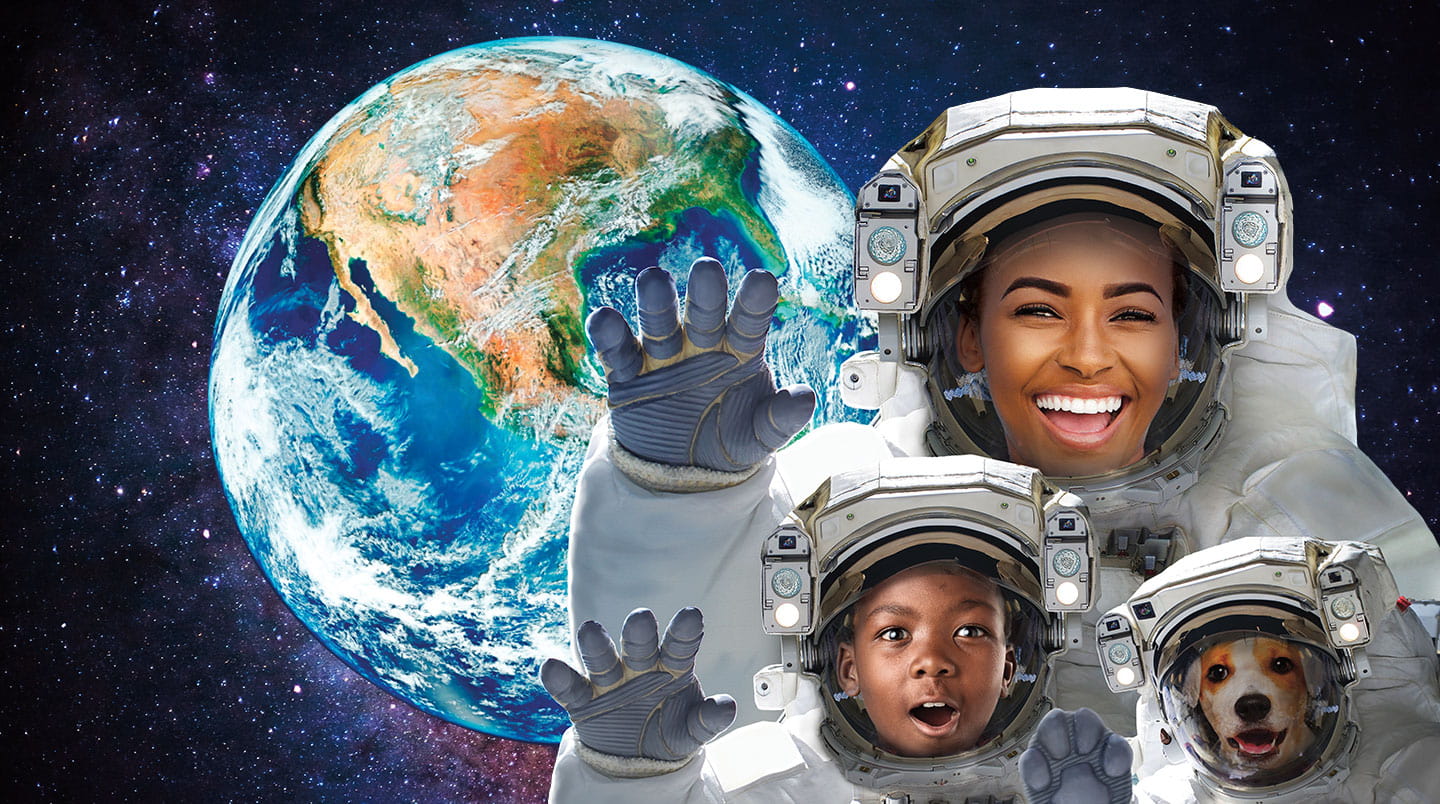When it comes to space, many countries are vying to visit Mars. The United States, China, and the United Arab Emirates all launched unmanned spacecraft to the Red Planet earlier this year.
The U.S. space agency NASA sent the Perseverance rover as part of its larger goal to send a crew of astronauts to Mars in the 2030s.
When Perseverance arrives on Mars in February, the rover will explore a crater that experts think once held a lake, attempt to extract oxygen from the atmosphere, and even help determine what the first humans to the planet should wear.
Perseverance is carrying five pieces of spacesuit material, including a swatch of flame-resistant fabric and a piece of shatterproof polycarbonate, which is used in astronauts’ helmets to block out ultraviolet light.
NASA engineers know they need to design the safest spacesuit possible to protect human explorers on Mars. The planet is ice-cold, with an average temperature of -80 degrees Fahrenheit. The atmosphere is also thin, so there’s less protection from the sun’s radiation. (Increased radiation exposure could put astronauts at risk for cancer.)
Scientists will be closely monitoring the materials aboard Perseverance to determine whether they can withstand such harsh elements.
“The Mars missions that we’ll eventually send humans on are going to be more challenging than any we’ve ever tried before,” says Amy Ross, a NASA spacesuit engineer. By testing materials on the planet, “we can understand how they hold up—or don’t—in that environment.”
When it comes to space, many countries are competing to visit Mars. The United States, China, and the United Arab Emirates all launched unmanned spacecraft to the Red Planet earlier this year.
The U.S. space agency NASA sent a rover called Perseverance. That was part of its larger goal to send a crew of astronauts to Mars in the 2030s.
When Perseverance arrives on Mars in February, it will explore a crater that experts think once held a lake. It also will try to draw out oxygen from the atmosphere. The rover will even help determine what the first humans to the planet should wear.
Perseverance is carrying five pieces of spacesuit material. These include a swatch of flame-resistant fabric and a piece of shatterproof polycarbonate. Polycarbonate is used in astronauts’ helmets to block out ultraviolet light.
NASA engineers know they need to design the safest spacesuit possible to protect human explorers on Mars. The planet is ice-cold. Its average temperature is -80 degrees Fahrenheit. The atmosphere is also thin, so there is less protection from the sun’s radiation. (Exposure to increased radiation could put astronauts at risk for cancer.)
Scientists will keep careful watch on the materials aboard Perseverance to find out whether the materials can withstand such harsh elements.
“The Mars missions that we’ll eventually send humans on are going to be more challenging than any we’ve ever tried before,” says Amy Ross. She is a NASA spacesuit engineer. By testing materials on the planet, Ross says, “we can understand how they hold up—or don’t—in that environment.”

